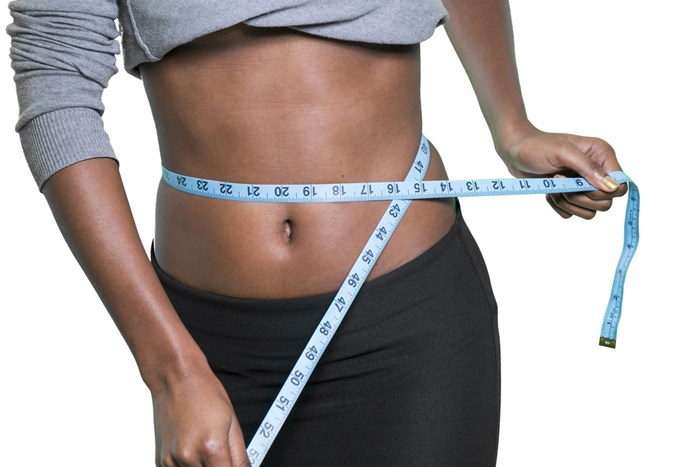Why Choose a Board-Certified Plastic Surgeon
Choose a board-certified plastic surgeon and be confident you are in the care of a highly trained surgeon you can trust.

The ideal candidate for liposuction is a man or woman who is physically fit, as close as possible to their ideal weight and who has stubborn fat deposits that persist despite their best efforts. Liposuction is NOT for weight loss; it is to contour the body and help those who are close to their ideal body contour but need a little help!
Your liposuction surgeon should be board certified by the American Board of Plastic Surgery (ABPS), which is officially recognized by the American Board of Medical Specialties (ABMS). He or she should have the training and experience required to perform safe and effective surgery. Any cosmetic procedure is a big deal and carries with it real potential risks. An intimate knowledge of the body's anatomy, the layers of fat, muscular/tendinous insertions and techniques to achieve the best cosmetic results while avoiding complications is vital. There's a reason why Board Certified Plastic Surgeons and the ASPS (American Society of Plastic Surgeons) have a #DoYourHomework campaign!
The locations best treated by liposuction are genetically determined. Men and women have typical areas that deposit fat and tend to persist despite being at one's ideal weight. Liposuction can decrease stubborn areas of fatty deposits such as the abdomen, flanks (love handles or "muffin top"), inner and outer thighs, inner knees, buttocks, arms, neck or other areas where fat is resistant to reduction with a healthy diet and regular exercise. Liposuction cannot treat areas such as the cheeks, the knees themselves or the calves (thick ankles known as "cankles" cannot be treated surgically; they are an anatomic condition that is inherited).
Liposuction is usually performed under general anesthesia. After you are asleep, the areas to be liposuctioned are "tumesced" by injecting "wetting solution" that contains normal saline, epinephrine (adrenaline – to shrink blood vessels and prevent bleeding/decrease bruising) and lidocaine (a local anesthetic that creates numbness and decreases discomfort after surgery). Tiny incisions are used to first inject wetting solution and then remove fat cells permanently using a blunt-ended wand called a "cannula". The cannula is attached to a tube and a vacuum to suction out fat cells permanently. The incisions are generally closed with a stitch, and a postoperative compression garment is placed.
Swelling and bruising will last for 1-3 weeks. During that time, the compression garment is recommended to keep swelling in check and promote skin contraction to the new body contour. Showering is permitted in a few days. Up to a week off work is recommended, and exercise can resume when bruising is resolved. Numbness of the liposuction area is expected for several weeks, and postoperative discomfort is described more as "soreness" by most patients rather than acute pain.
Scars are 2-3 millimeters in diameter, and are hidden in natural creases of the body. There are usually 3-5 small incisions used to treat each area of liposuction, in order to best remove fat and feather out the borders to achieve a smooth, natural contour. Most individuals scar well. Many Plastic Surgeons recommend "scar therapy" after around a month, where a silicone gel that can also contain SPF30+ sun protection will help to encourage scars to mature the fastest with the best cosmetic results.
Results can be seen as early as a few weeks after surgery, with hard areas of swelling known as "edema" lasting for up to 3 months after liposuction. Results are PERMANENT! Once fat cells are surgically removed via liposuction, they will never grow back. If weight loss occurs after liposuction, all fat cells will shrink proportionally. If weight is gained afterward, the remaining fat cells will store the excess energy and swell, possibly in the same genetically predetermined areas. Fat will not be stored in new or strange areas after liposuction, as is commonly feared. Most importantly, ongoing healthy lifestyle choices such as a nutritious, balanced diet and regular exercise will promote long-lasting results.
The views expressed in this blog are those of the author and do not necessarily reflect the opinions of the American Society of Plastic Surgeons.

